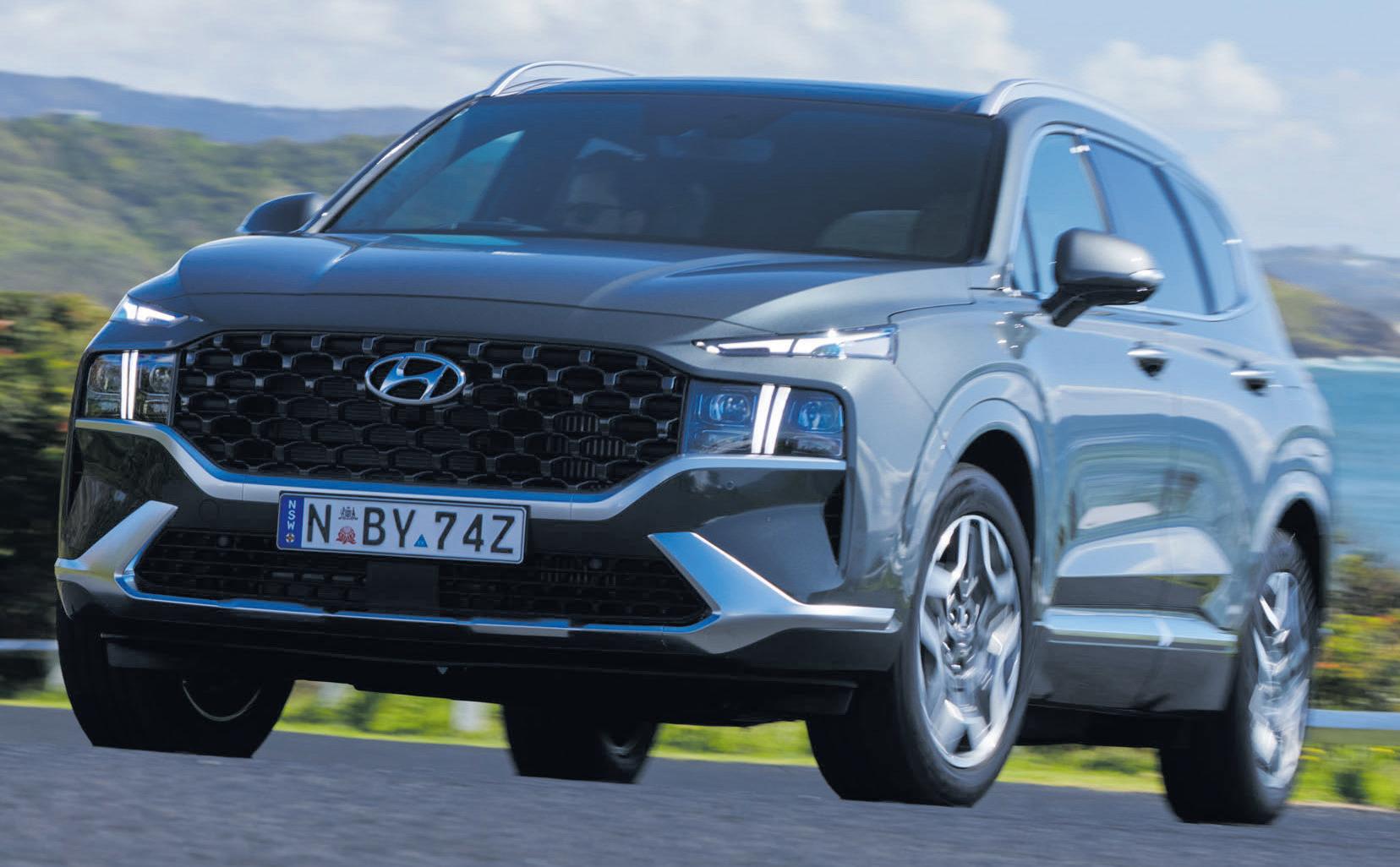
8 minute read
MOTORING TEST DRIVE HIGHLANDER FLING: SUV NOW IN STEP WITH HYBRID ENERGY
Switched on . . . the Santa Fe has taken on petrol / electric hybrid guise with Elite and Highlander models
By DEREK OGDEN
With electric vehicles making landfall Down
Under like lightning strikes in a tropical summer storm, the Hyundai Santa Fe Hybrid stands out from the deluge, being one of the few family-size sports utility vehicles to take up EV status.
It’s not the ‘Full Monty’ electric model but retains in tandem an internal combustion power plant. Until recently the only seven-seater SUV hybridised was the Toyota Kluger. Now the Santa Fe joins the Kia Sorento hybrid and Mitsubishi Outlander Plug-In Hybrid in adding to the mix.
No plug-in hybrid here, with its interminable search for external charging points, the Santa Fe hybrid has the brains to charge its lithium-ion battery through conversion of kinetic energy while working in conjunction with the petrol engine and regen brakes when on the move.
Available only as upper-crust Elite and Highlander variants, the hybrid is kitted out essentially like its petroland diesel-powered cousins. However, an electric shock comes in the price differences – a high voltage $6500 over the petrol and $3000 the diesel, which equates to $63,000 for the Elite and $69,550 for the Highlander, the test vehicle, without on-road costs.
Both are seven-seaters but can be reconfgured as a six-seater with two captain’s chairs in the second row instead of the bench. With seven seats, the third row is ft only for littlies’ use in comfort, although it does have its own air-con.
As with all Santa Fes, both hybrids are covered by a fve-year unlimited kilometre warranty, while the battery earns an eightyear 160,000-kilometre guarantee. Service intervals are 10,000 km or 12 months.
Styling
What’s new? Not much. A major facelift three years ago saw the Santa Fe put on a fresh face and interior. The new Hybrid differs from the petrol and diesel versions only in the wheels –smaller 19-inch alloys with different design here – said to be more aerodynamic and save fuel.
shared.
An option for the Hybrid is six seats, in which the second-row bench is replaced with a pair of captain’s chairs. With seven seats, the third row is ft only for littlies’ use with comfort. Head room is restricted by the intrusion of the sun roof workings. The boot has a spot for a fullsize spare wheel under a fat cargo area with third row folded, there’s room for family shopping or a stroller. With fve seats
ENGINES / TRANSMISSIONS
Under the bonnet a 1.6 litre, four-cylinder turbo-charged petrol engine with a combined output of 169 kW and 350 Nm are hitched up to a six-speed automatic transmission and allwheel drive.
While this compares favourably with petrol and diesel performance, when it comes to towing, the hybrid is left behind with 1650 kg to the also takes on 360-degree surround-view camera, blind spot monitor and reverse automatic emergency braking.
Driving
At a whisker less than 4.8 metres long, the Santa Fe Hybrid Highlander is on the cusp of bursting out of the mid-size SUV mob into the big time. However, a well-sorted suspension and responsive steering come up with relaxed ride and handling.
More buttons than the pantomime Cinderella’s eponymous family servant, known for having rows of gilt buttons down the front of his tunic, the foating centre console controls offered up a few missteps. However, familiarity came with repeated use. Tight parking spaces are easily avoided by using the remote parking system operated from outside the vehicle from the key fob. Back inside, head-up windscreen display is never an unwelcome driving aid.
Summary
Not exactly early adopters, Santa Fe Hybrid buyers get the latest in hybrid technology at a price. But what’s new about bidding for a pollutionfree climate.
Note: These prices do not include government or dealer delivery charges. Contact your local Hyundai dealer for drive-away prices.
The shapely Santa Fe exterior is well known for its so-called cascading grille, which in the Hybrid case covers a yawning chasm of a radiator. In profle, looks are toned down a tad in readiness for a robust, yet shapely rear.
Interior
With the Hybrid in the higher-grade Elite and Highlander corner, the interior has a classy look and feel, with Nappa leather in the latter and other quality materials in use there is up to 782 litres on offer. A power tailgate takes away the trauma of loading in the rain.
Infotainment
There’s a confgurable 10.2-inch instrument display, which features a digital energy meter and a 12.3-inch infotainment dashmounted touchscreen with wired Apple CarPlay and digital radio. A 10-speaker Harman / kardon premium audio is standard.
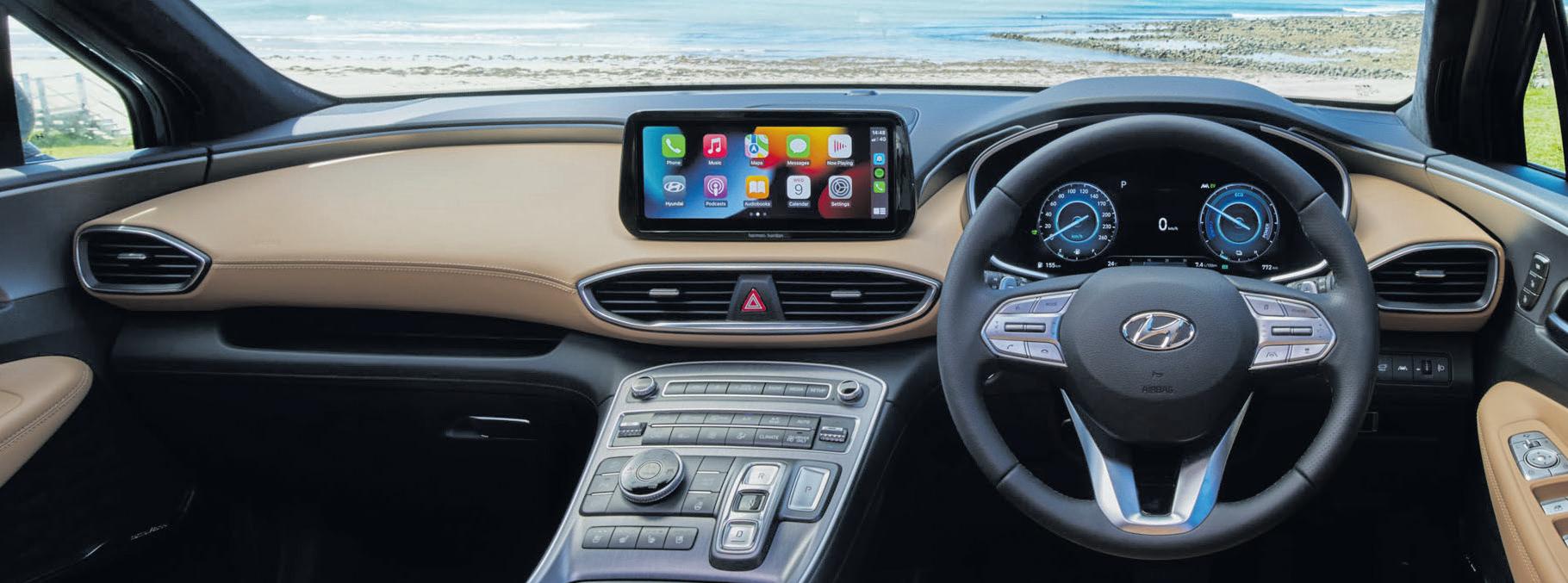
internal-combustion pair with 2500 kg.
Safety
The Santa Fe Hybrid comes with all the latest safety systems from Hyundai. These include automatic emergency braking, which operates at intersections, blindspot warning, lane keeping assist, rearcross-traffc alert, rear occupant alert automatic high-beam head lamps and adaptive cruise control.
The Hybrid Highlander
Off the mark, there’s more than a hint of sporty performance, while a centre console dial is in charge of driving modes from Eco to Smart to sand, snow or other obstacles thrown up of road.
In a fraction of more than 400 kilometres of mixed urban / highway going the Santa Fe Hybrid Highlander recorded fuel consumption of 6.1 litres per 100 kilometres, in line with the claimed 6 litres per 100 kays.
Fuel Type: Regular
DRIVELINE: Six-speed automatic, all-wheel drive STANDARD WARRANTY: Five years / unlimited kilometres
Toyota has added the HiLux to its Gazoo Racing range
Toyota Hilux Gets The Gr Sport Treatment Suzuki Leads From The Fronx
By ALISTAIR KENNEDY
Not satisfed with registering its seventh straight year as Australia’s top-selling vehicle, Toyota has unveiled the latest, and most powerful, version of its HiLux ute.

The HiLux GR Sport is the latest Toyota to get the Gazoo Racing treatment, joining the LandCruiser 300, Yaris, Yaris Cross, CH-R, Supra and GR86. Available exclusively in dual cab format, the new HiLux GR Sport uses an upgraded version of the standard 2.8-litre turbocharged diesel, but with revised turbo-supercharging and fuel-injection increasing power from 150 to 165kW and torque from 500 to 550Nm making it the most powerful diesel HiLux ever offered by Toyota in Australia.
The GR Sport builds on Gazoo Racing’s Dakar rallying experience, with a wider track, greater approach angle, higher ground clearance, re-tuned suspension and bigger disc brakes.
There was input from Toyota Australia engineering which is recognised as a global centre of excellence for Toyota 4WD vehicles.
Combined with sportier tuning for the automatic transmission and an expanded lockup area, the HiLux GR Sport provides added confdence for accelerating and overtaking in all conditions, enhanced by optimal control through paddle shifters on the steering wheel.
The wider stance gives it a strong, stable and muscular image with prominent satin-black fenders fares that integrate seamlessly with the bumper.
A strong upright grille with GR mesh maximises the cooling area while exterior body parts have been sculpted in the wind tunnel for aerodynamic effciency.
The HiLux GR Sport rides on 17-inch alloy wheels with all-terrain tyres while its off-road credentials are further reinforced by the addition of a skid plate, rock rails and red rear recovery points.

Inside, the monochromatic black theme is set off with bright sports pedals and red seatbelts.

There’s GR branding all round, including on the steering wheel, headrests, red brake callipers, exterior badges – and even embossed into the tubliner.
Having whetted the appetite of those who are looking to buy a HiLux GR Sport they have a wait in front of them, with deliveries not expected until the second-half of 2023. Then again, in these time of stock shortages, that’s not unexpected.
By CHRIS RILEY

Suzuki has a brand new, never before seen model, on the way called Fronx. Based on the same platform as its bestselling Baleno hatch (and Swift), Fronx will replace the Baleno – at least for the time being. That’s because the current Baleno has come to the end of the line and Suzuki Australia is waiting on a replacement.
Fronx is designed and built in India by the Maruti division and will slot between Ignis and Vitara in the Suzuki range.

Suzuki says all-new Fronx is a new-genre SUV with coupe styling that’s strong and fuid with an easy-to-drive compact body. No word yet on what engine or engines will power the compact crosser, but it will most likely be either its Boosterjet 1.0-litre threecylinder turbo petrol or 1.2-litre four cylinder naturally aspirated engine. A 1.0-litre mild hybrid is also a possibility.
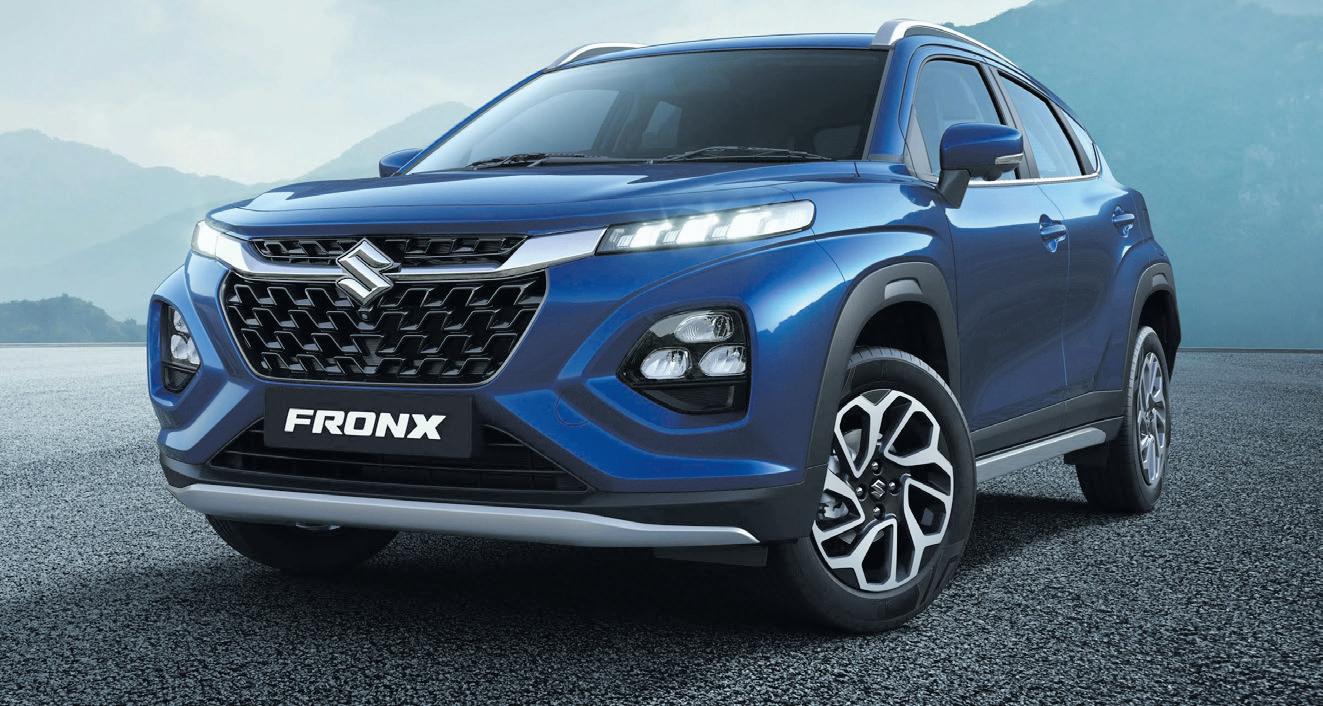
The Boosterjet produces 73kW/147Nm, while the naturallyaspirated 1.2-litre engine is good for 66kW/113Nm.
The turbo engine is hooked up to a fve-speed manual transmission or six-speed auto, while the naturally-aspirated engine gets a fve-speed manual or fve-speed auto.
Measuring 3995mm long, 1765mm wide and standing 1550mm tall, with a 2520mm wheelbase, raked coupe lines, bold front grille and slit headlights, combine to give the car a more dynamic look than other models in the line-up.
In addition to the high-quality interior which makes effcient use of space, advanced equipment includes a 360-degree camera, 9.0-inch touchscreen, head-up display, satellite navigation, wireless charger and rear-seat air conditioning vents.
A six-speaker Arkamys stereo is available on some models.

Suzuki Australia’s Michael Pachota said the introduction of Fronx is another stepping stone for Suzuki to solidify its presence in the light SUV segment in Australia.
“With the launch of the all new Fronx, we’re combining unique sporty styling with SUV heritage, to deliver an exciting new product to our line-up,” he said.
“Not only solidifying our presence in the light SUV segment, but this vehicle will also open the doors to younger buyers looking to upgrade from a smaller hatchback to an SUV”
Further details will be revealed closer to launch, at this stage not until early 2024.
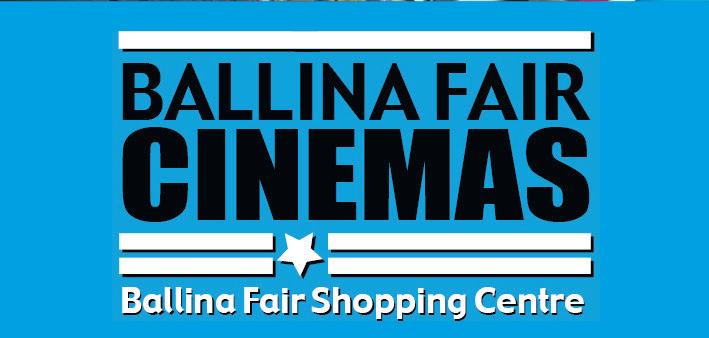




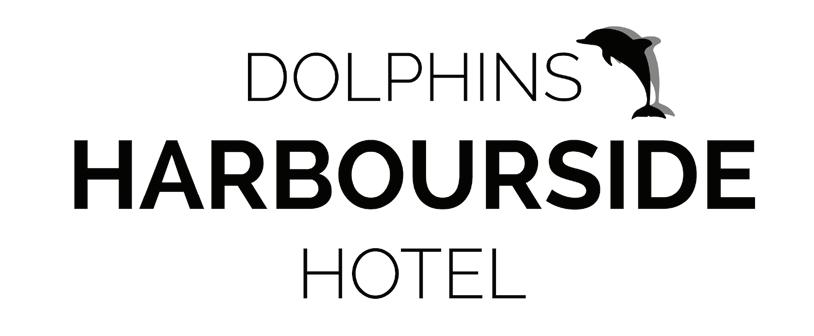



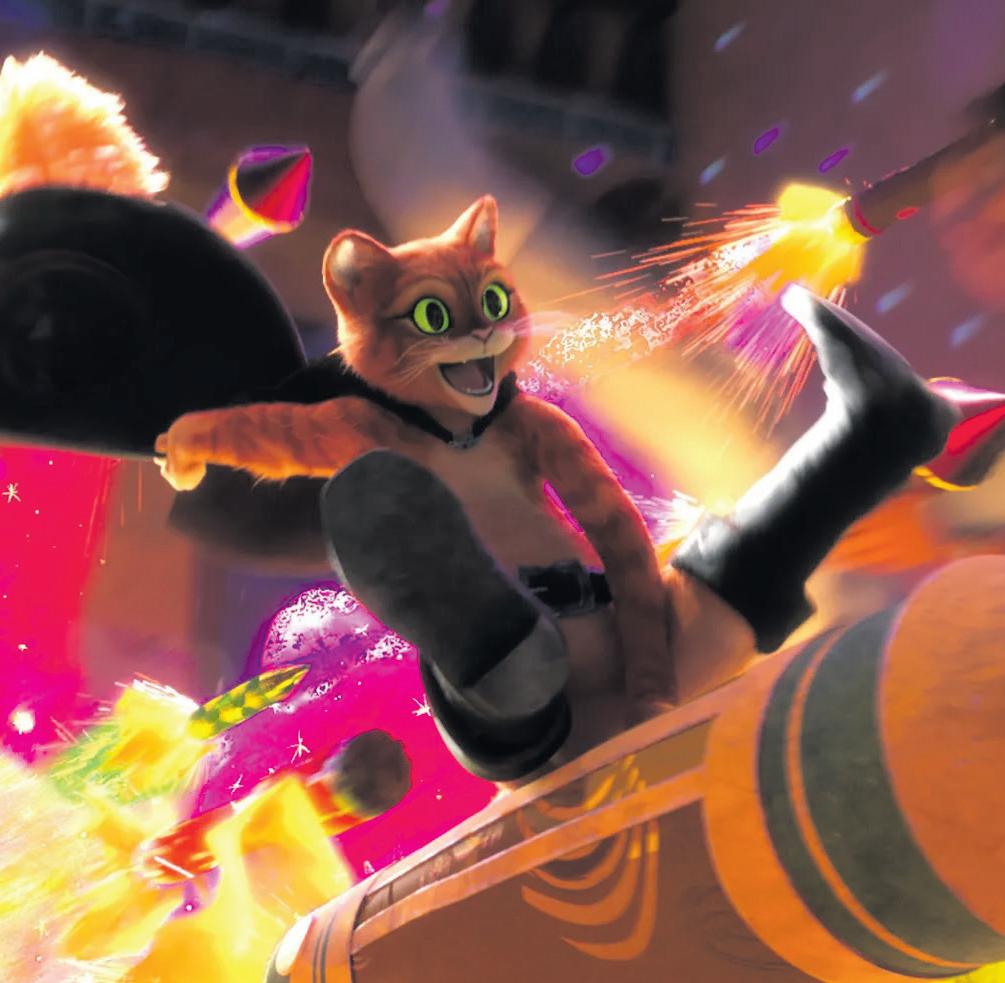

Yarrh Wines grows and makes authentic Canberra District wines, true refections of variety, vintage and place.
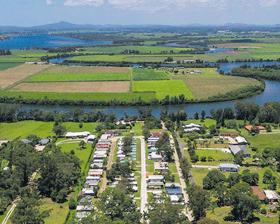

Free delivery when you order 6 or more bottles (mixed OK)
General Enquiries
Ph: 02 6227 1474



440 Greenwood Road, Murrumbateman, NSW 2582
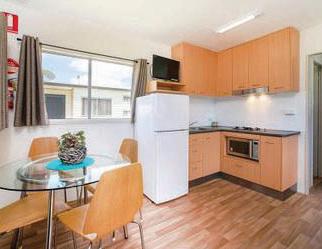
Ours is a journey of interconnection, a winding road, over the creek, up through the stringy bark forest and onto the freedom of an open clearing.

Small parcels of fruit grow here, with healthy soil, clear air, brilliant sunshine and a natural approach, rewarding us with exquisite fruit. With her hands and a meticulous manner Fiona creates Yarrh Wines - Running Water.
Established in 1997, Yarrh Wines is located 45 minutes from Canberra and 10 minutes from the rural village of Murrumbateman, in the heart of the Canberra District. All wines are made from our own vineyard and bottled on site, in our beautiful rammed earth and straw bale winery, nestled into a hill and providing spectacular panoramic views of the vineyard and the Yass River Valley.
We make a range of red and white wines that are authentic expressions of our vineyard, their variety and their vintage. Sustainable practices such as composting, mulching and limiting the use of arti cial inputs creates wines of great character.
Critical acclaim (4.5 star winery, James Halliday, 2016) is important, but so is the joy we are able to bring to our everyday customers.
About the Makers
Fiona Wholohan - Winemaker
Our quietly spoken winemaker, Fiona Wholohan, cra s her wines with a gentle hand, a feminine touch.
Trained at Charles Sturt University, Fiona was making wines at Yarrh before she nished - it’s been 19 vintages now.
“My wine making philosophy is simple - let the grapes speak for themselves. Carefully nurture them through the wine making process to allow them to express their vintage, their location, their variety. is means I spend as much time in the vineyard with my husband and vineyard manager Neil as I do in the winery. I love being in the vineyard, and on a crisp, bright winters day, Yarrh is a magical place. I see wine as a pinnacle of civilisation, and a fundamental part of life. What a privilege to be a winemaker.”
Neil McGregor - Land & Farming

Neil McGregor, grandson of a dairy farmer, son of a geophysicist father and a gourmet mother, became a grape grower a er a life in Information Technology.
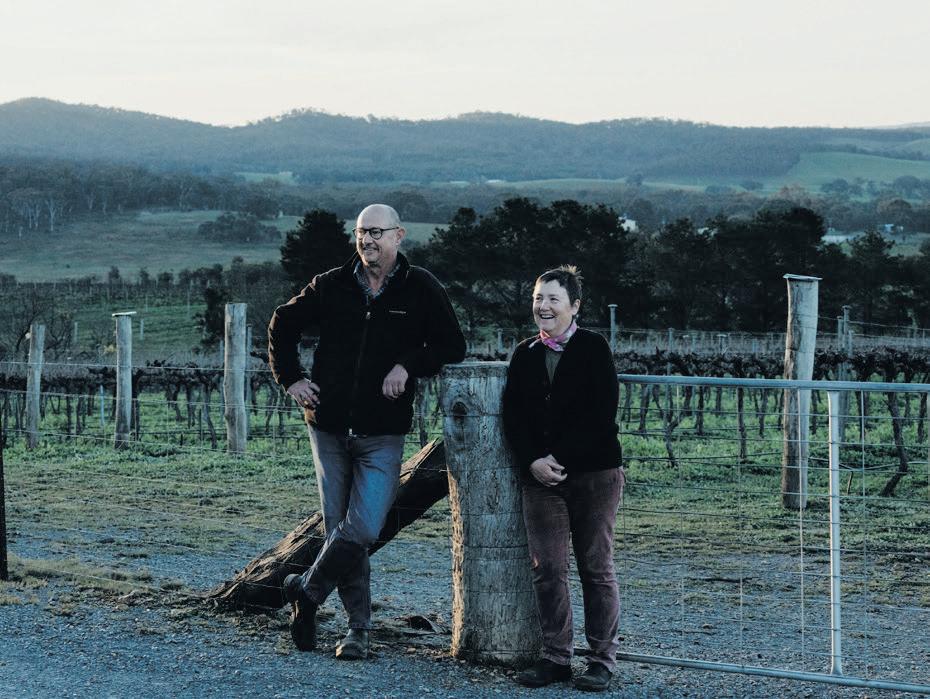
“Farming, the natural world and a love of food and wine was in my blood. We learned viticulture as we planted our rst blocks here at Yarrh. Excellent advisors, a willingness to listen and a get on with it attitude helps!










